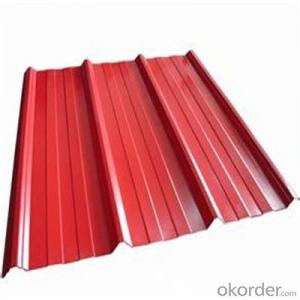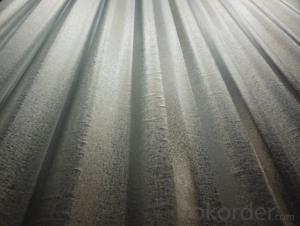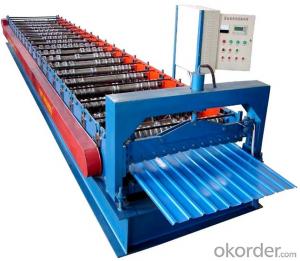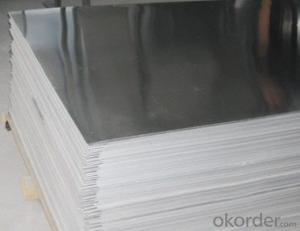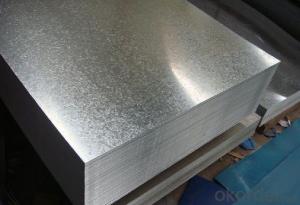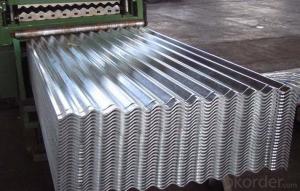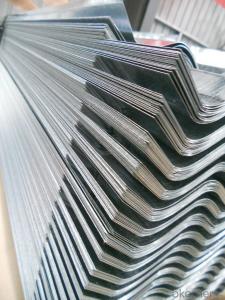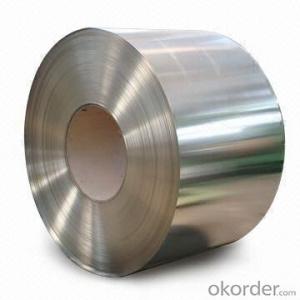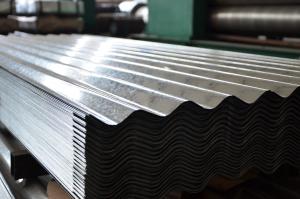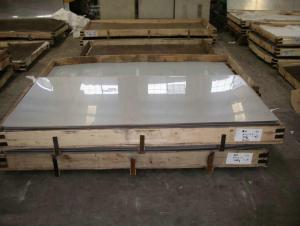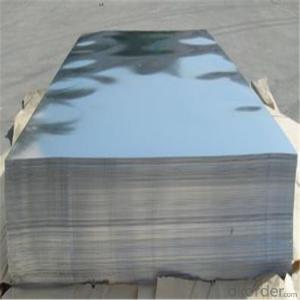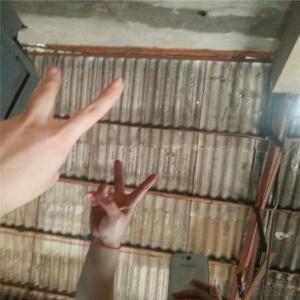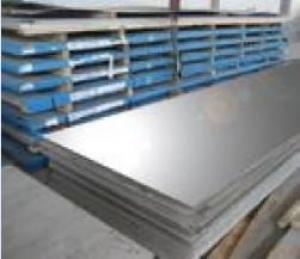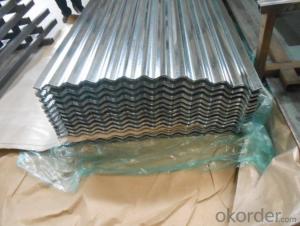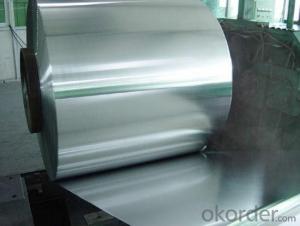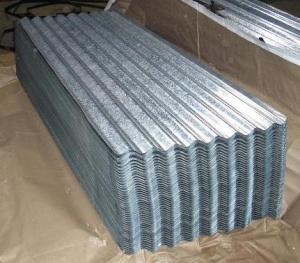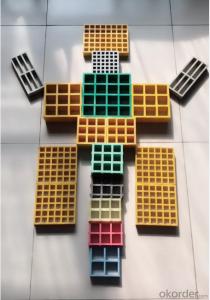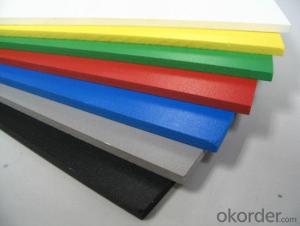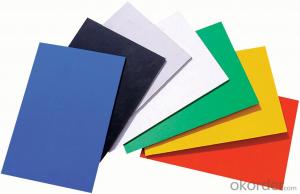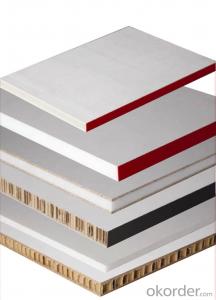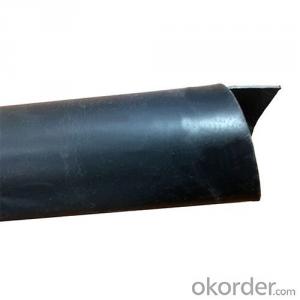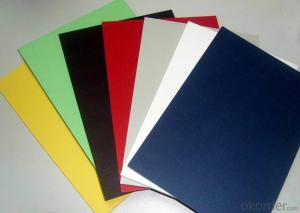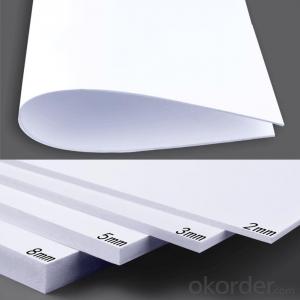4X8 Galvanized Sheet Metal
4X8 Galvanized Sheet Metal Related Searches
Galvanized Sheet Metal 4X8 Galvanized Steel Sheet 4x8 Sheet Metal 4X8 4X8 Metal Sheets 4X8 Sheet Aluminum 22 Gauge Sheet Metal 4X8 4x8 Stainless Steel Sheet Sheet Metal Sheets 4X8 4x8 Sheet Of Stainless Steel Stainless Steel 4x8 Sheet 28 Gauge Galvanized Sheet Metal Stainless Steel 4x8 Sheets 24 Gauge Galvanized Sheet Metal 18 Gauge Galvanized Sheet Metal Stainless Steel Sheets 4x8 4 X 8 Sheet Of Stainless Steel Hard Plastic Sheets 4X8 4x8 Stainless Steel Sheet Price 4x8 Sheet Diamond Plate Aluminum 4x8 Sheet Aluminum Diamond Plate 4X8 Tin Sheets Plastic Sheets 4X8 Diamond Plate Aluminum Sheets 4X8 Polypropylene Sheets 4X8 Plexiglass Sheets 4X8 4x8 Aluminum Plate Aluminum Diamond Plate 4x8 Sheet 1 8 Stainless Steel Sheet Clear Plastic Sheets 4X8 Aluminum Tread Plate Sheet 4x84X8 Galvanized Sheet Metal Supplier & Manufacturer from China
4X8 Galvanized Sheet Metal is a type of steel product that has been coated with a layer of zinc to provide corrosion resistance and durability. This material is widely recognized for its strength and versatility, making it an ideal choice for various construction and industrial applications. The galvanized coating not only protects the metal from rust and other forms of degradation but also enhances its aesthetic appeal, giving it a sleek, modern look.The 4X8 Galvanized Sheet Metal finds its application in a multitude of scenarios, such as roofing, siding, fencing, and automotive parts. Its robustness and resistance to harsh weather conditions make it a popular choice for outdoor structures, while its ease of fabrication and ability to be cut and shaped to specific dimensions make it suitable for a wide range of projects. Whether it's for commercial buildings, residential properties, or industrial facilities, this product offers a reliable and long-lasting solution.
Okorder.com is a leading wholesale supplier of 4X8 Galvanized Sheet Metal, boasting a vast inventory that caters to the needs of various industries. With a commitment to quality and customer satisfaction, Okorder.com ensures that each piece of sheet metal meets the highest standards of durability and performance. By offering competitive prices and efficient shipping, Okorder.com has become the go-to source for businesses and individuals seeking high-quality galvanized sheet metal for their projects.
Hot Products

